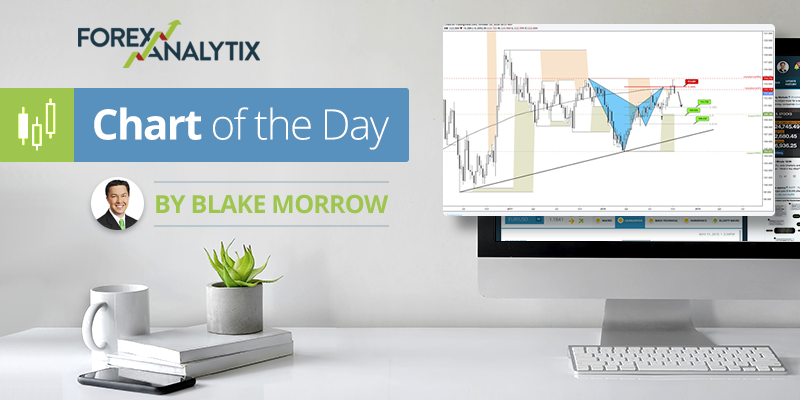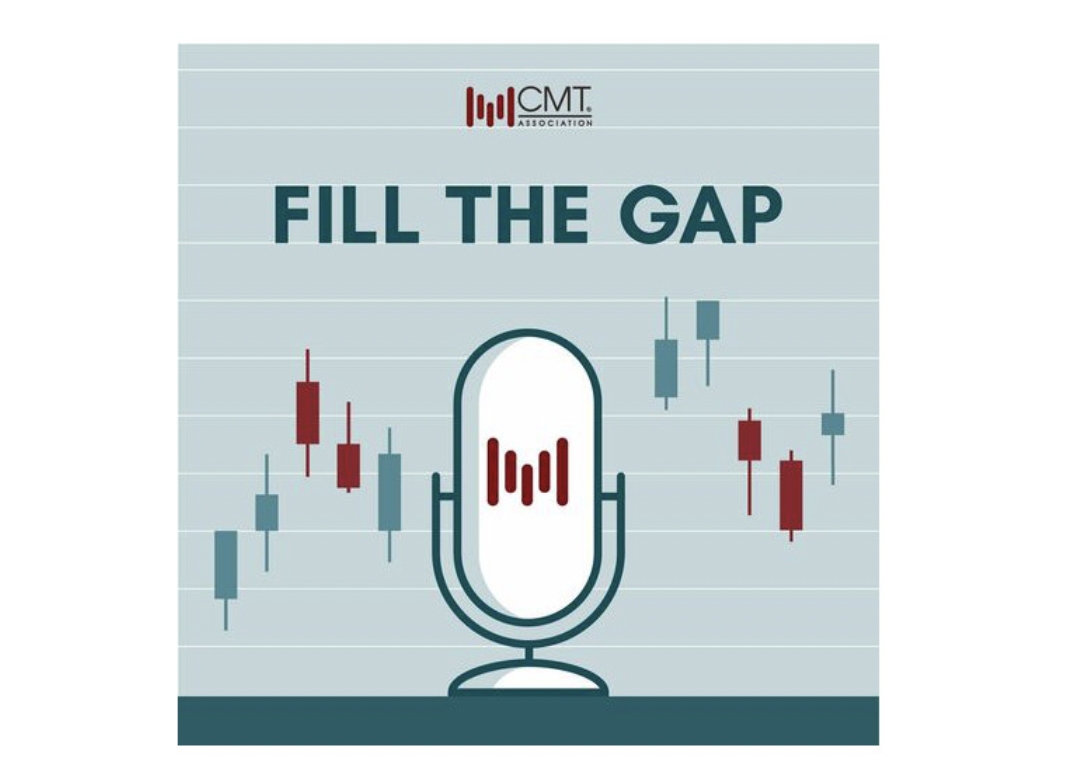The US Debt Ceiling – an Avoidable Volatility Event in the Making?

The US debt ceiling limit is something that comes into the market spotlight from time to time, and traders tend to roll their eyes on the prospect of another bout of extreme political brinkmanship – and that is all it is, politics 101.
It’s not a problem, until it is, or at least such time that the market looks over the precipice and asks whether Congress has taken it too far – that point could soon be upon us, and markets may start to react.
We know the US has amassed debts of $28.43t, pushing on the current borrowing cap of $28.4t, which subsequently means Treasury have limited capacity to borrow to pay its debts. We also know that US governments spend in perpetuity – you lose elections if you’re austere and the Democrats will want to capture seats in the Mid-Term election in November 2022.
The DEM’s will likely lose Senate seats if they’re not buying votes into late 2021/early 2022 period. This means the highly debated and contentious infrastructure and social spending bill will not only need to be passed soon but will need to impacting voters lives in advance of the New Year for it to influence ahead of the Mid-terms. We will hear more on a $550b infrastructure bill vote in the House this Thursday, while a vote on a party-line reconciliation bill for a $3.5t Build Back Better social spending package is less clear.
The government shutdown
The issue here is complex and multifaceted – House Speaker Pelosi wants to push through a Continuing Resolution (CR) this week to avoid a government shutdown past 1 October. However, they are currently marrying a CR to an increase in the US debt ceiling and that link needs to be severed quickly if a CR has any chance of passing.
Will we even see the Sept NFP report?
If the DEM’s can cleanly separate the government shutdown from the debt ceiling on Thursday then they may get bipartisan support to keep the government open through to the end of the year – there is REP appetite for this. One issue is that if we don’t see a CR in place by the time the Bureau of Labor Statistics come to compile the US non-farm payrolls report (due out 8 October), then we may not get this important piece of data that the Fed has said could be influential in confirming its start date for a November taper.
Government shutdowns have typically not led to market volatility, but if government workers are not working then any of the BLS reports will be delayed, but for how long? If the Fed hasn’t received the data before the 4 November FOMC meeting, they will be faced with blindly tapering the pace of QE without required data or even postponing tapering QE, to perhaps December?
Could the debt ceiling to cause intense market volatility?
The debt ceiling is a whole different beast though and it would not be hard to see this coming down to the wire and has the potential to cause more intense market volatility. The question is when is ‘the wire’? At what point will the US government exhaust funds from either its Treasury General Account (TGA) or other extraordinary measures? The fact is no one really knows, and the range of estimates varies depending on the authority or economist.
Treasury Secretary Janet Yellen recently suggested the end date is October but was reluctant to put a specific date to this. The Bipartisan Policy Centre projected the so-called “X-date” would arrive any day between 15 October to 3 November.
There are others whose data suggests the hard debt ceiling is just after around 3 November – although, the point at which the US Treasury will face constraints in its ability to borrow from the short-term debt markets would start around mid-to-late October – who wants to lend the US govt money for even weeks when they may technically default in that period?
We’re already seeing US money market funds changing their approach and lending money at ultra-short-term durations and avoiding maturities into the November period.
The market knows the debt ceiling will be raised at some point, but if we head towards mid-October where the negotiations will be deafening, and we hear no signs of clarity, the market will ramp up its hedges against a technical default. Naturally, the ramifications of a technical default would be far reaching – where the trickle-down effects of not receiving an interest payment or one’s principal and interest on a maturing debt instrument would have clear knock-on effects through the financial system.
The US government will always make right on its obligations (essentially writing a series of IOU’s), but as we head to mid-October and the market sees headlines of Treasury’s ever-dwindling cash balances, there will be a point when the market says “you, know they’re not going to get it done”. It’s likely just before this point when volatility should ramp up, with equities lower, bond prices and the USD higher (perversely) and the USDJPY and gold working well.
This ‘X date’ also likely falls amid the meat of US Q3 earnings season, and as we approach the November Fed meeting when the Fed will start to reduce the pace of bond purchases.
As we know, the debt ceiling is pure politics, and many seasoned traders have the 2011 saga fresh in their memory with the US having a rating downgrade – whether this truly goes to the wire and we see real risk aversion manifest through markets is obviously yet to be seen.
We all know how this ends, or at least we think we do, but it doesn’t mean we won’t see hedging flows heat up and risk aversion kick up if nothing is agreed as we head into mid-October. A clear event risk to be over and mark on the calendar.
20210928








